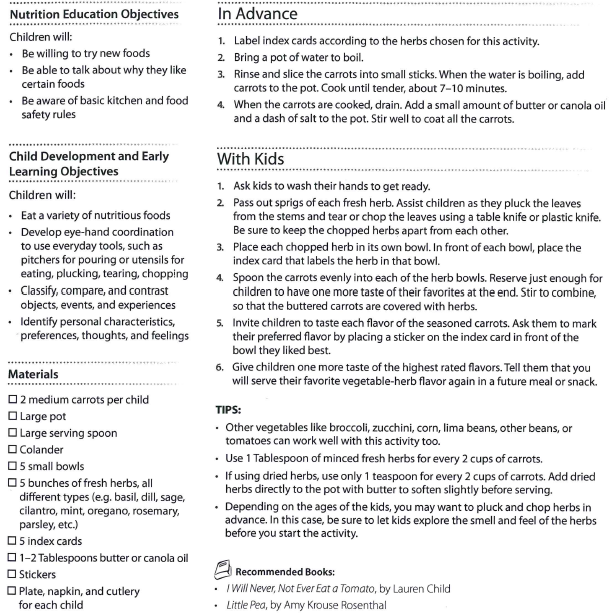How can I help my kid/grandkid avoid my situation in the future?
- Lindsey Stevenson
- Jun 15, 2018
- 4 min read
Hey gang! I hope you all are still kicking butt and taking names! I was looking over all the numbers from the 3rd annual Summer Lovin' Health Challenge, and you guys rock! You are eating more fruits and vegetables; you are drinking more water; you're more physically active; and, maybe most importantly, you are finding it easier to stay motivated to continue making these healthy choices. And that's where it's really at, guys. You can have all the knowledge in the world about healthy behaviors, foods, and choices, but if you don't have the internal desire and motivation to be a healthy individual or role model, then that knowledge really isn't going to do you much good. So kudos to you guys for finding what intrinsically motivates you!
Here is a tip for the week to help keep you on track: Don't keep the foods that tempt you in the house.
Now, I don't have kids, but I know parents and grandparents like to keep things on hand that their kids and grandkids like to eat. But if these foods are a temptation for you to make an unhealthy food choice, or overeat, then do what is best for your health (and ultimately theirs too) and don't keep that food in the house. My grandma was told she was borderline diabetic and she was and still is so good at making changes to her eating habits. I'm so proud of her! But I know she feels stressed when she cooks for the whole family because she feels like she needs to satisfy her dietary needs AND the wants of all her kids, grands, and great-grands. In my opinion, I don't think she should overwork herself to provide two meals, and she'd be doing them a favor in the long run. Grandma's cookin' is good no matter what, right? And as you all now know, healthy does not equal tasteless.
Speaking of kids, after reading over your wonderful feedback from the 3rd annual Summer Lovin' Health Challenge, I saw a request for information on healthy recipes kids would like, ways to get kids involved in cooking or interested in the nutritional quality of those foods. Well, I'm so glad you asked! I have tons, and loads, and heaps of information on kids in the kitchen!
The first and easiest thing you can do to help your kids make healthy food choices, get them interested in nutrition, or know where their food came from is to simply talk with them while you are eating. Share with them the things you know about the food: it's the root or flower part of the plant, it's in season in the fall, it has a lot of vitamin A and is good for your vision.
Next, try preparing foods that they've indicated they don't like in different ways. There's two different ways this can be done. You can either serve the fruits or veggies raw, baked, microwaved, or on the stove top. Kids are big on texture and all four of these options can bring about a different texture that your kid might like. The second option is to use various herbs and spices to flavor vegetables. Below is a fun activity to try with your kid to learn about flavor pairings and how they might prefer their vegetables.

Don't be afraid to let your kitchen get messy. Let your kids play with their food as they are learning about and trying new foods. Let them use all of their sense to experience the new food. An activity to keep this concept from getting out of hand is to make fruit clown faces or veggie superheroes.


The last, and my favorite, strategy for including your kids in the kitchen and getting them to eat healthier foods is to designate one night a week to Exploring Tables Around the World. The steps to this activity are below as well.

When cooking with kids, it's important to know age appropriate tasks in the kitchen. As children get older, the tasks can get harder.
Children ages two and younger can play with plastic measuring utensils, or a bowl of water and a whisk, learn to say names and colors of foods being used, and smell and/or taste the foods being used.
Three-year-olds can rinse and scrub fresh produce, tear, snap and break foods, use a cookie cutter to cut shapes in dough, pluck fruits or leaves from stems, dip foods into dips, arrange foods on a plate, and help stir ingredients in a bowl.
Let four-year-olds measure ingredients, cut with a plastic or dull butter knife, squeeze juice from fruits, and shake small containers like jars or zip-top bags to stir ingredients.
Five-year-olds can help grate cheese and veggies, crack and beat eggs, and peel oranges or other fruits.
Kids can also help set and clear the table, clean up, and get out and put away ingredients and equipment. You may be thinking this would be chaotic in your house, and it may be for a little bit. But once they learn how to act in the kitchen, things will get much smoother.
Here are a couple kid-approved recipes, as well as some links to more kid-friendly recipes from cookingmatters.org.










Comments